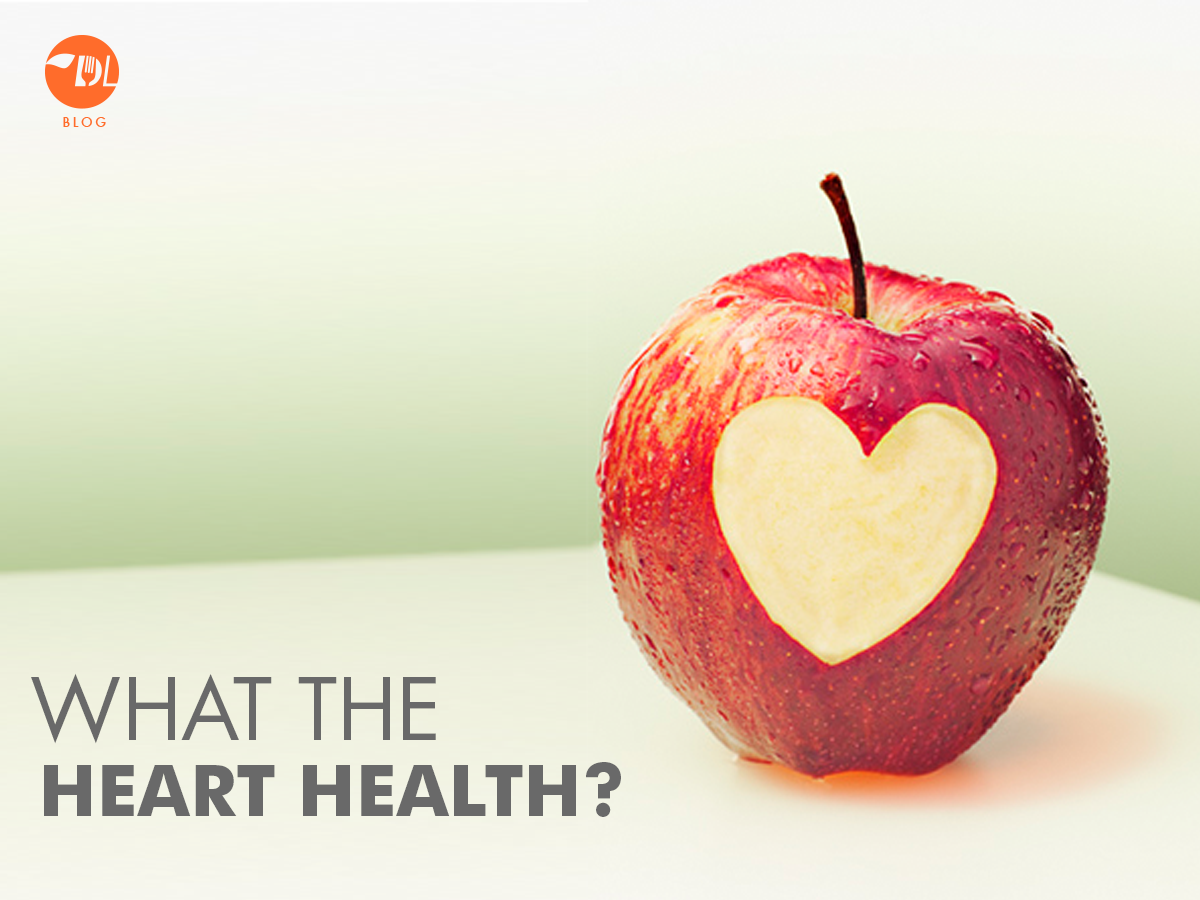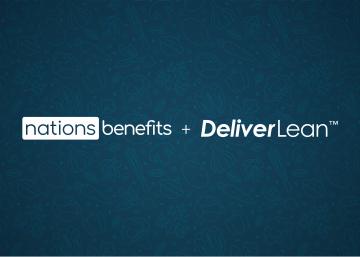By Maryanne Sanchez, RD
If you haven’t stopped to think about it at some point, have you ever wondered what most people in America are faced with during their last days? It’s true, cardiovascular disease still remains at the top, as the #1 leading cause of death in the United States. Measuring why our time runs out, although it may not be too fun to think about, is one of the most important ways to assess the effectiveness of our country’s health system. Is our health system working? How can we do better? Where do we need to prioritize our time, money, or any resources to thrive within our communities?
Cardiovascular disease includes any of the following conditions: high blood pressure, cerebrovascular disease (stroke), ischemic heart disease (heart attacks), atherosclerosis (clogged arteries), heart failure and congenital heart defects. Currently, 1 out of 3 adults are living with one or more of these conditions. If you are someone who finds it a personal priority to address our leading cause of death, DeliverLean is here to help! One major area that impacts your heart health, is what you eat!
Today, you will learn about a few key nutrients that contribute to a healthy pumping heart on the daily. If you are up for it, test your knowledge with our brief quiz at the end of this post. You will be asked to recognize only 2 nutrients a healthy heart needs, 1 role of each nutrient and 1 ingredient where you can find high amounts each nutrient. Why learn about a few key nutrients? Being aware of body processes and how they are affected by what you eat is one step closer to better understand how you as a human function and may be a source of motivation as you look to implement ways to shape that healthy heart of yours.
Nutrient Highlight for Heart Health
Magnesium
- What you need
- Magnesium is an essential mineral, meaning the body does not produce it and needs to be obtained through diet. Recommend Dietary Allowance (RDA) is about 350mg for adults.
- Magnesium’s role in a healthy heart
- Required for cardiac and smooth muscle contraction (AKA heart and blood vessels) making it essential for a normal heartbeat. Remember, your heart is pumping non-stop!
- Inhibits blood clots from forming by stopping blood platelets from clumping together and forming that clot in the first place!
- Magnesium is a mineral with many roles, but when it comes to heart health, it basically prevents and manages high blood pressure and heart disease.
- Where to find
- Leafy greens (Spinach = 150mg/1 cup)
- Whole grains (Brown rice =80mg/1 cup)
- Legumes (Beans like kidney or garbanzo = 50mg/ ½ cup) (Peanut butter = 50mg/2 Tbsp)
- At DeliverLean look for:
- Bimbimbap Bowl – Made with spinach, peas, sesame seeds, and brown rice. All great sources of Magnesium.
Fat: Omega 3 Fatty Acids
- What you need
- Omega-3 fatty acids are a type of polyunsaturated fatty acid. The major ones are ALA, DHA & EPA.
- Alpha-linolenic acid (ALA) is the one that is not made by the body. Therefore, ALA must be consumed for a healthy body and is a precursor for other fatty acids we can make. The RDA for ALA is 1100mg.
- Omega-3’s role in a healthy heart
- Decrease inflammation and immune response related to injury or infection. One way it does this is by reducing the expression of genes that code for inflammation to rise.
- Prevents formation of clots
- Maintains both healthy blood pressure and cholesterol levels
- Eating two 4 oz servings of seafood per week has been shown to reduce the risk of heart disease and related deaths.
- Where to find
- Salmon (1,880mg of omega 3’s/ 3 oz portion)
- Shrimp (280mg of omega 3’s/ 3 oz portion)
- Walnuts (2500mg/1 oz)
- Vegetable oil (1280mg/1 Tbsp – canola, soy, rapeseed)
- At DeliverLean look for:
- Poke Bowl – Made with 5 ounces of Seared Salmon
- At DL you will always find a 3-5 oz portion, great source of omega 3 fatty acids.
References
“Dietary Reference Intakes for Energy, Carbohydrate, Fiber, Fat, Fatty Acids, Cholesterol, Protein, and Amino Acids” at NAP.Edu.” National Academies Press: OpenBook, www.nap.edu/read/10490/chapter/10#424.
“DRI Tables and Application Reports.” United States Department of Agriculture, www.nal.usda.gov/fnic/dri-tables-and-application-reports.
Gropper, Sareen Annora Stepnick., and Jack L. Smith. Advanced Nutrition and Human Metabolism. Wadsworth/Cengage Learning, 2013. 444,446. E-book.
Nahikian-Nelms, Marcia. Nutrition therapy and pathophysiology. Cengage Learning, 2016.
“Office of Dietary Supplements – Magnesium” NIH Office of Dietary Supplements, U.S. Department of Health and Human Services, https://ods.od.nih.gov/factsheets/Magnesium-HealthProfessional/.



